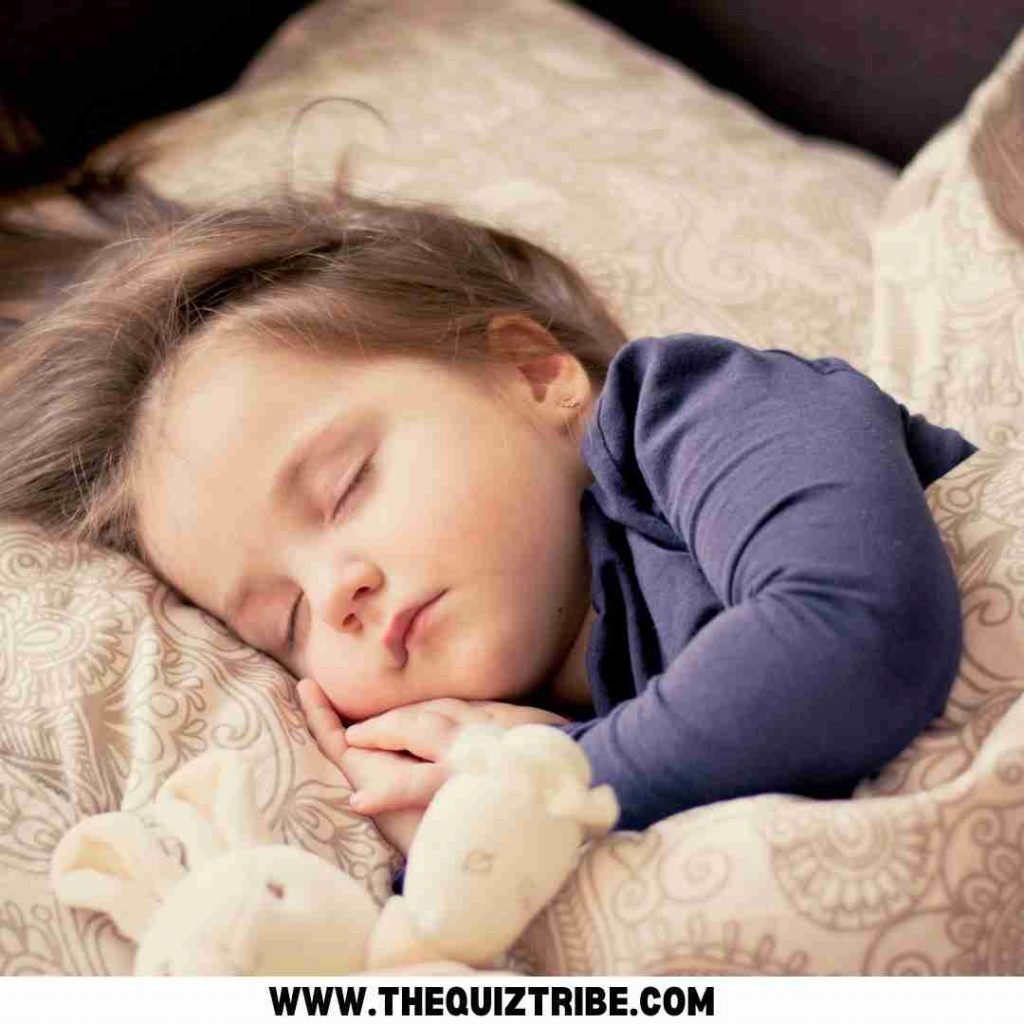Obstructive Sleep Apnea
Sleep Apnea is a condition in which a person stops breathing while sleeping. It often occurs when anything obstructs or plugs the upper airway. This is known as Obstructive Sleep Apnea.
Obstructive sleep apnea (OSA) disrupts sleep and can cause the body’s oxygen and carbon dioxide levels to drop or rise.
This might cause children to lose out on getting enough restorative sleep. Obstructive sleep apnea, if left untreated, can impair cognition, behavior, and development and cause cardiac issues.
Sleep Apnea Symptoms
- Loud snoring is frequently accompanied by gasping, choking, and snorts.
- Sleeping with significant pauses in breathing, longer than two breath cycles.
- Excessive sweating during the night due to the effort of breathing.
- Irritability
- Hyperactivity
- Difficulties focusing
- Headaches
- Daytime drowsiness
- Bedwetting
- Issues with behavior and learning
- Night terrors or sleepwalking
Causes of Obstructive Sleep Apnea in Kids
Our muscles relax as we sleep. The muscles in the back of the throat that assist in maintaining the airway open are included. These muscles can relax too much and restrict the airway, making breathing difficult in obstructive sleep apnea.
This is especially true if the kid has big tonsils or adenoids, which can obstruct the airway when sleeping.

Other Factors That Might Increase a Child’s Risk of OSA Include:
- Family history of Sleep Apnea
- Being overweight
- Medical issues such as Down syndrome or cerebral palsy
- Difficulties with the mouth, jaw, or throat that restrict the airway
- A wide tongue that can roll back and block the airway when sleeping.
Treatment for Obstructive Sleep Apnea in Kids
When obstructive sleep apnea is mild, doctors may monitor a child’s sleep for a period before deciding on therapy. Some children with mild OSA may benefit from nasal sprays or other medications.
When large tonsils cause sleep apnea, physicians will refer the kid to an ear, nose, and throat specialist.
The ENT may suggest:
- Tonsillectomy is the removal of the tonsils.
- Adenoidectomy big adenoids are removed.
- Adenotonsillectomy is removing both tonsils and adenoids.
These procedures are frequently used to treat obstructive sleep apnea.
CPAP Treatment
A doctor may prescribe continuous positive airway pressure (CPAP) treatment for different reasons. CPAP treatment involves sleeping with a mask on. The mask may cover simply the nose or both the nose and the mouth. It is linked to a machine that pushes air into the airways to open them.
Treatment For Overweight Kids
When obesity causes obstructive sleep apnea, it’s imperative to consult with a doctor about food modifications, exercise, and other safe weight-loss options. These patients frequently use CPAP to help them breathe while sleeping.
Conclusion
According to the National Sleep Foundation, obstructive sleep apnea is a sleep-related respiratory problem that affects more than 18 million people and 2% to 3% of children of all ages, including infants.
It appears to run in families, and children with more oversized tonsils and adenoids are more likely to develop OSA.
Consult Your Doctor If Your Child:
Snores often and is a restless sleeper, falls asleep throughout the day, and exhibits other sleep apnea symptoms.
Obstructive sleep apnea can impair academic performance. Teachers and others may suspect that a kid has ADHD or learning difficulties, so do not ignore sleep apnea symptoms.
